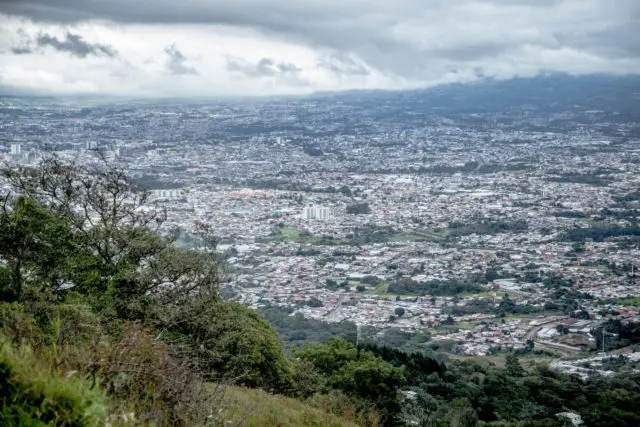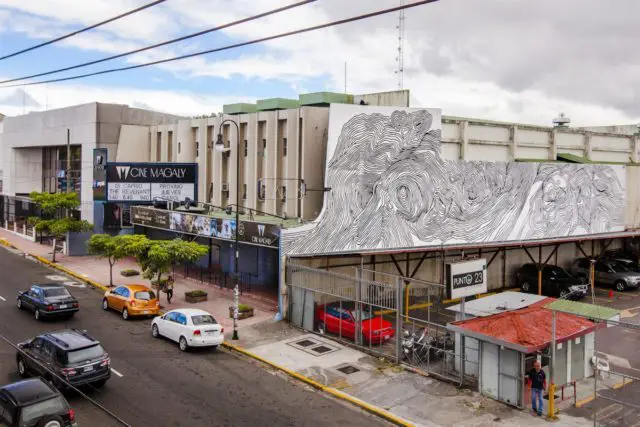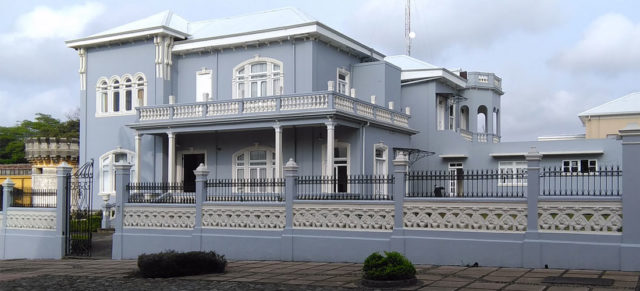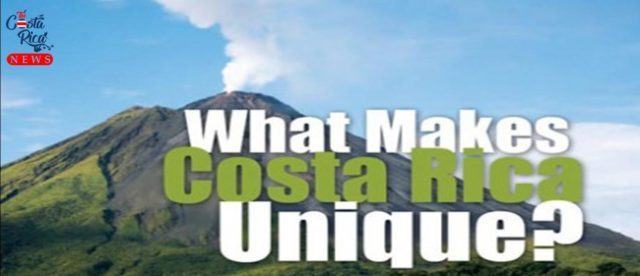San José is a capital city, a province and, additionally, the main center of human concentration in Costa Rica. It is located in the central area of the country, bordering the provinces of Alajuela, Cartago, Heredia, Limón and Puntarenas; the Central Volcanic Mountain Range, to the northeast, and the Talamanca Mountain Range, to the south.

This province has an area of 4,965.9 square kilometers and an estimated population of 1,404,242 inhabitants. The distance from the Juan Santamaría International Airport is 18.89 kilometers and from the Daniel Oduber Quirós International Airport in Liberia, it is 211.10 kilometers.
Today we will talk mainly about downtown San José, although there is much more to see in its surroundings. This is the main area that we recommend you visit.
The center of San José is a small space that covers approximately 5 square kilometers. It is a place where less than 30,000 inhabitants reside. However, it is an important part of a city that gets more than 1.5 million people to travel on it every day.
San José is like a big giant bus station with public markets, museums, theaters, galleries, plazas, congresses, schools, churches, universities among many other places.
After investigating part of its history, San José was not planned as a city. And it shows a lot that it has grown beyond its space capabilities because, historically, the architectural line that should present minimal harmony in its layout, has not been a priority for those who have been authorities in this city.
Although a city can be very noisy, in a nutshell, it can also be very interesting and have beautiful views. There are parks that are impressive; Tropical gardens, classical structures, impressive statues or beautiful flowering trees. For example, during a walk through its streets, we will find classic buildings such as the National Theater.
We can even run into some characters such as the elders who play marimba or the drummers who play in the middle of the street. It is also very characteristic to interact with street vendors who shout out loud promoting their respective merchandise or products. Additionally, there is almost always some kind of cultural event going on; an art festival, music fair, a concert, etc. In the dry season, especially in March or April or during the weekends, you can find all kinds of cultural and entertainment activities there.
Starting the walkthrough San José
Let’s say you come from the east side, popularly known as the Cali (diminutive of California). This area is well-known because it started with a building called ‘Cine California’. Once it was closed, and subsequently demolished, another theater -still active- opened: ‘Cine Magaly’.

As these 2 theaters began their activities, restaurants and bars also began to arrive; customers who left the cinema used to look for a place to sit, drink and/or eat something. Today you will find, especially at night and on weekends, a large crowd of young people who meet in these streets.
When you arrive in the area of Cali, you will find the ‘El Atlántico’ train station. It was called that because, initially, it was the station to travel to the Caribbean Sea coast.
If you go down that street, you will soon find one of the beautiful parks in San José: the National Park. With large trees and tropical gardens -cut round with a lot of ornamental beauty- this park is probably one of the most critical political places in Costa Rica.
In the center, is the National Monument; This is a monument to the war of 1856. The statue symbolizes the 5 Central American countries that expelled filibuster William Walker from this region.
Now we have to see the blocks that surround this park, in order to understand why this park became so important. On the one hand, we have a building from the 1970s: the National Library. If we go in a central-west direction, on the other corner, there is a small square called the ‘Electoral Freedom Square’ and the building behind it is the ‘Supreme Election Court’.
Now we continue walking along the small boulevard. Next to the National Congress, we will find a beautiful colonial-style house; the ‘Castillo Azul’ (Blue Castle), which was designed to become the Presidential House of Costa Rica. It also became the first Embassy of the United States of America in Costa Rica.

Currently, it is the office of the Board of Directors of the Congress. And in front of it, you will see an old adobe house; from behind it and aside, in a huge building of the Torres Army Headquarters, bullet holes on thick walls. The former garrison of the Costa Rican army, since 1948, became the National Museum.
Its entrance descends from the ‘Castillo Azul’ to the ‘Plaza de la Democracia’. Surprisingly, you will enter through a beautiful butterfly garden. You will find the place where the Costa Rican army was abolished and will leave for a small and beautiful garden, surrounded by a corridor and the main halls of the museum.
The National Museum of Costa Rica preserves the most important pre-Columbian collection in the country, along with a replica of a 19th-century house, and several rooms of art galleries. Leaving out the nation’s museum, the Plaza de la Democracia is crossed and a significant and massive 5-floor building is contemplated: it is the Jade Museum. There you will find more than 7 thousand pieces, the most relevant jade collection in the entire Central American region.

